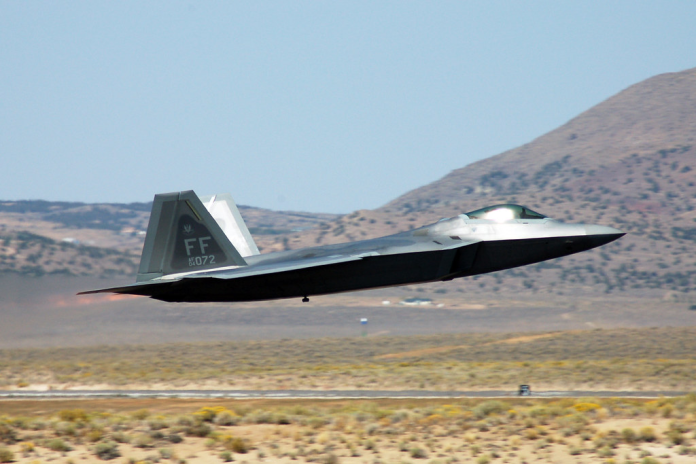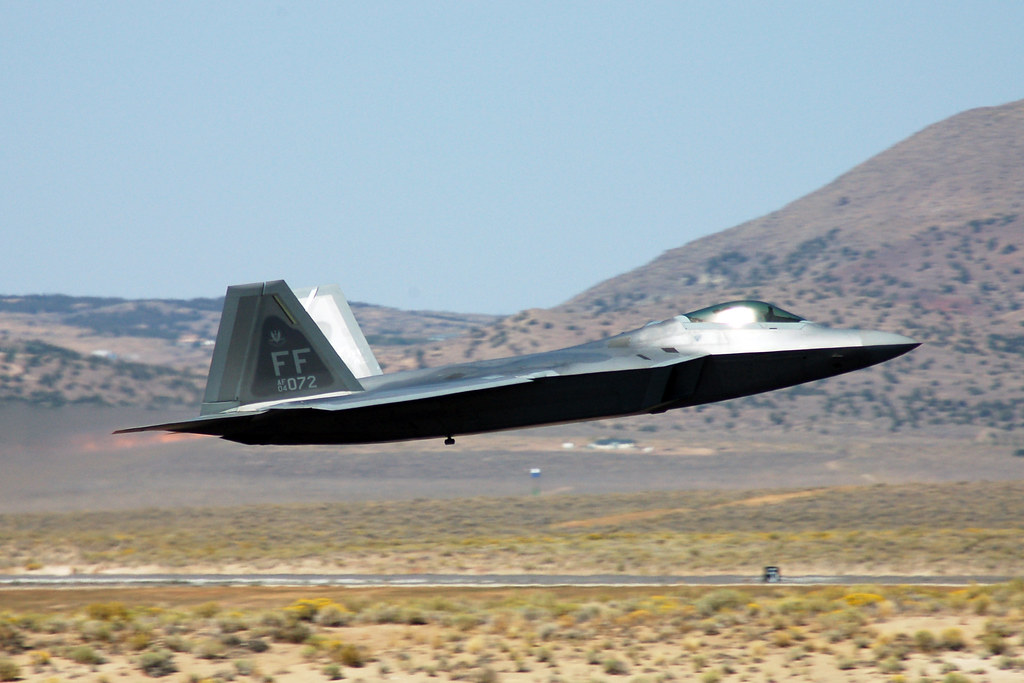
It started with a radar observer gazing at an empty screen, aware that a jet existed somewhere but unable to spot it. That instant repeated thousands of times in training and, sporadically, in combat sums up the art of stealth warfare: to be present without being seen. In 2025, the competition to become radar masters of invisibility is fiercer than ever, with the world’s premier air forces operating fighters capable of sneaking past even the most sophisticated sensors.
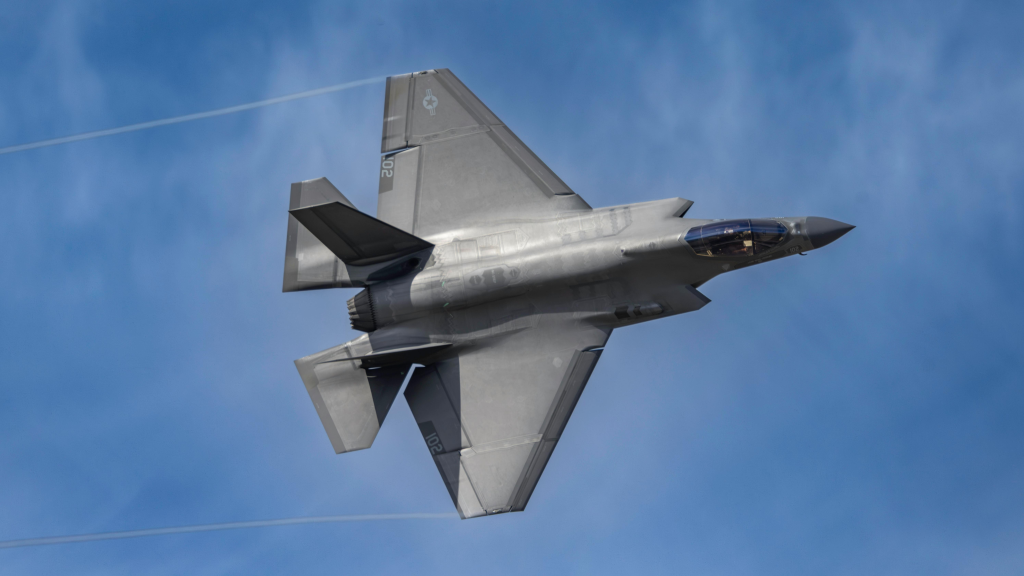
Stealth is no longer merely about shaping and paint. Stealth is an intersection of aerodynamics, material science, electronic warfare, and manufacturing detail. From America’s tested F-22 and F-35 to China’s rapidly maturing J-20 and carrier-based J-35, and Russia’s Su-57, each offers a different vision on how to survive and prevail in contested airspace. This list takes a look at seven fighters whose design and technology are stretching the boundaries of radar avoidance.

1. F-22 Raptor – The Gold Standard of Stealth
The F-22 Raptor continues to be the gold standard for radar cross-section (RCS) reduction, with estimates that its frontal RCS is about 0.0001 m² about a marble’s. Lockheed Martin and Boeing developed it, and its stealth is the result of a trifecta of carefully aligned edges, smooth curves, and radar-absorbing materials that are used in just those areas where shaping alone cannot be enough. Its canopy is covered by a thin metal layer to reflect radar waves, concealing the pilot and cockpit internals. Its Pratt & Whitney F119 engines have flat nozzles to minimize infrared signature, and internal weapon bays maintain its sleek lines. Together, it enables the Raptor to strike without being on most radars until it is too late. Even years after its release, no deployed fighter has successfully beaten its all-aspect stealth.

2. F-35 Lightning II – Stealth with Digital Dominance
The F-35’s RCS has been likened to that of a golf ball, the result of a combination of shaping, embedded antennas, and radar-absorbing coatings. Its stealth is not only passive by design but active, through an advanced electronic warfare suite capable of jamming or misleading enemy radars. The Government Accountability Office states that the current Block 4 upgrade, though five years late and $6 billion over budget, will incorporate more than 75 improvements, including increased missile carrying capacity and enhanced electronic attack. The F-35’s actual advantage is sensor fusion: combining radar, infrared, and electronic surveillance into one image for the pilot. This enables it not only to hide but to manage battlespace awareness for allied forces, something most competitors can’t match.
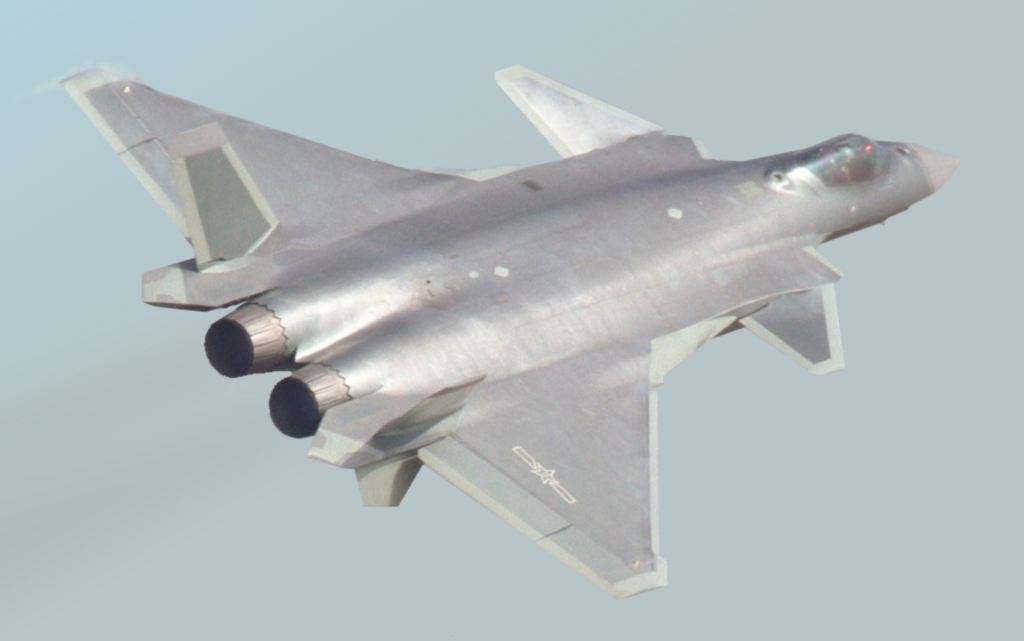
3. J-20 Mighty Dragon – China’s Long-Range Hunter
Developed out of the J-XX program, the Chengdu J-20 became operational in 2017 and has since matured into the J-20A version with WS-15 engines, thrust-vectoring, and supercruise. Its canard-delta configuration, diverterless supersonic inlet, and radar-absorbing materials render it a frontal RCS of about 0.027 m². Slightly larger than the F-22’s signature, it is still very effective for beyond-visual-range (BVR) operations. Fitted with an AESA radar, an infrared search and track (IRST), and datalinks for drone teaming, the J-20 is designed to threaten high-value enablers such as tankers and AWACS. Over 250 of them have been produced and deployed to all theater commands, and it is now the pillar of China’s air dominance strategy.
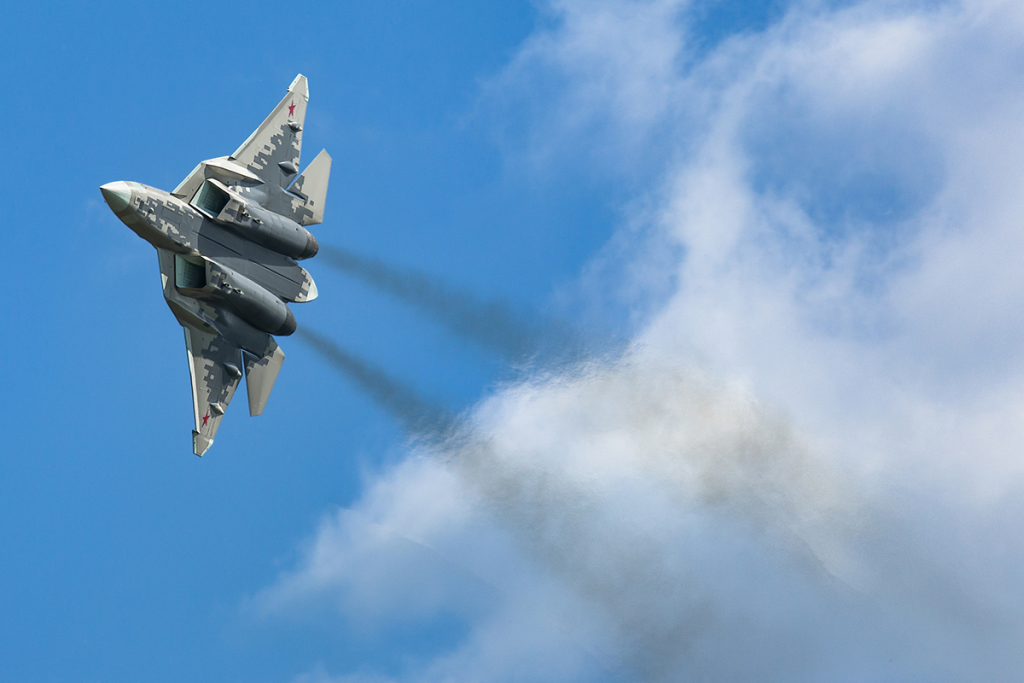
4. Su-57 Felon – Russia’s Stealth-Aerodynamic Hybrid
Su-57 combines stealth shaping with supermaneuverability, with a radar cross-section of 0.1-1 m². Although its blended wing-body design and coatings suppress radar returns, exposed engine nozzles and possible thermal output are vulnerabilities. Its virtues are in versatility: internal bays for stealth operations, external hardpoints for heavy strike capacity, and capacity to fly with the S-70 Okhotnik-B stealth drone. For all its potential, the Su-57’s effectiveness is restricted by numbers produced significantly fewer than NATO fifth-generation fleets. But its Mach 2 speed, supercruise capability, and versatile weapons fit make it a deadly foe in the proper environment.

5. J-35 – China’s Carrier-Borne Stealth Strike Asset
The J-35, based on the FC-31 demonstrator, is specifically designed for China’s folding-wing Type 003 “Fujian” carrier with navalized avionics and reinforced landing gear. Its diverterless inlets, serpentine ducts, and radar-absorbent composites are intended to replicate the F-35C’s low observability from the forward aspect. Video of Shenyang Aircraft Corporation’s new and extended assembly lines reveals dozens of airframes in low-rate production, indicating quick coming-of-age. Equipped with PL-15 long-range missiles and escorted by carrier-based KJ-600 early-warning planes, the J-35 expands China’s maritime strike capabilities, pushing competitors further away from its shores.
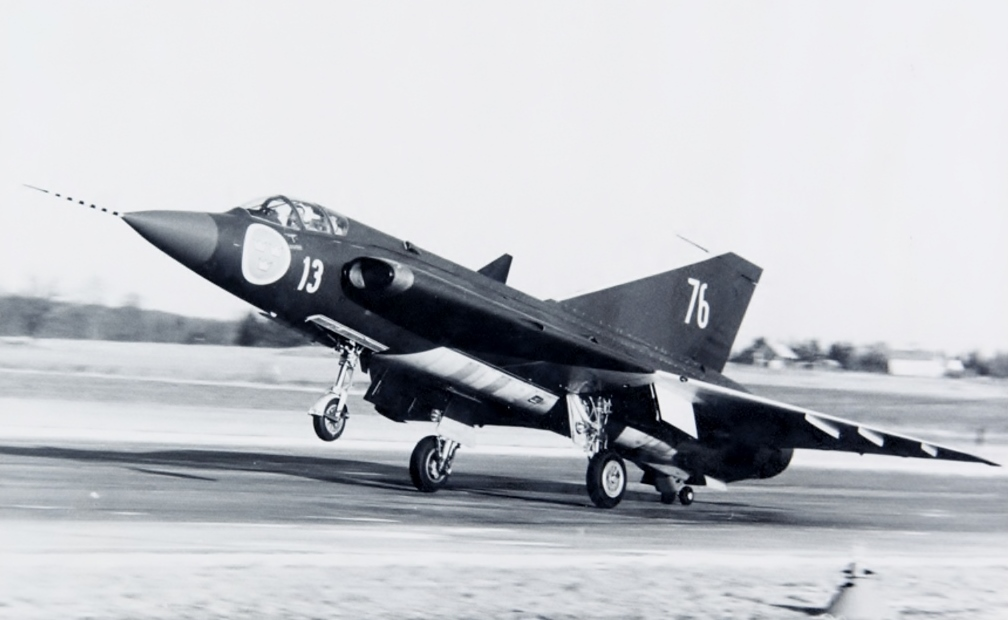
6. J-35A – Land-Based Stealth for the PLAAF
Sharing most of the J-35’s design, the J-35A is optimized for land fighting with fixed wings and improved ground handling. Twin WS-19 engines power it, with limited supercruise and a combat range of over 1,300 km. Its AESA radar, distributed aperture system, and IRST feed into a helmet-mounted display, allowing for high situational awareness. In operational service in PLAAF, the J-35A fills out the heavier J-20 in a high-low stealth combination like the U.S. F-22/F-35. By this pairing, China can spread lethality and make it difficult for an enemy to target.

7. Stealth Materials – The Invisible Armor
In addition to airframe configuration, stealth relies on the latest materials. Work on carbon nanotubes, graphene, MXenes, and metamaterials has produced coatings that can absorb more than 99% of radar energy in specific bands. China has just announced a paper-thin coating that can counter low-frequency P- and L-band radars by translating waves into heat. New fighters stack several materials ceramics to resist heat, polymers for flexibility, and conductive meshes to dissipate waves to provide broadband absorption. It guarantees that stealth is not fixed; it is a dynamic defense against similarly developing radar threats.

Stealth fighters are no longer exotic anomalies they are at the core of contemporary airpower doctrine. Each of these planes is a reflection of the strategic interests, industrial capability, and technological wagers of a nation on how it will survive in a sensor-saturated battlespace. As radar and counter-stealth technologies improve, the competition will be ever-changing. What is certain in 2025 is that the race to radar invisibility is not about one “best” airplane, but about blurring design, materials, and tactics into an integrated, flexible force.
